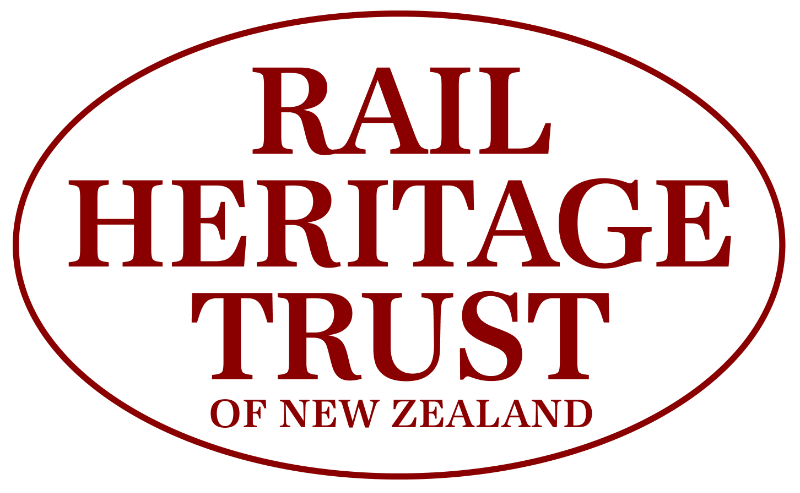New Zealand Railway Operating Structures
Protecting Heritage Operating Structures and Precincts for Future Generations:
water tower, signal box, trolley shed, goods shed, workmen’s huts, crane, loading bank and stockyards
RHTNZ has concentrated on the preservation and protection of railway stations – probably the most public and visually dominant structure on a railway system. But there are many other structures around a railway, most with a specifically railway flavour either by design, by use, or both.
In a few current station preservation projects the aim is to preserve and protect the precinct, as well as the station building itself. Structures such as water tower, signal box, trolley (jigger) shed, goods shed, workmen’s huts, crane, loading bank and stockyards – the so ordinary features of a railway station – will become part of the precinct.
There were hundreds of such precincts in the 1970s; today the few that remain are a threatened species. Their preservation as a group of structures, rather than as individual items, adds to their significance. Groups working on the preservation of stations such as Waihi, Ormondville and Waverley have as an objective to hold or recreate such precincts.
This Register sets out to record a selection of these features, and give sufficient description to allow some feel for the significance of particular structures in railway operating history.
Bridges and Tunnels
But the range of railway structures goes beyond those found around stations. Bridges and tunnels are amongst the most notable: the Register includes a selection of the most notable of each of these, with brief descriptions of their most significant features.
Steam Locomotive Depots
Steam locomotive depots had coaling cranes, coal bins, pits and a host of associated equipment and buildings; freight yards had mechanical weighbridges, shunters’ huts, and sometimes more specialist facilities such as those used for washing livestock and other wagons, and loading gauges for checking the profile of loads on freight wagons.
1992-93 : Greatest Change in the Physical Appearance of New Zealand’s Railways
Examples of most of these items have been preserved at one or another of the museums/restoration projects around the country, largely as a result of foresight by enthusiasts and historians who perceived the trend towards the ordinary item suddenly becoming rare or non-existent. RHTNZ, although late on the scene, has been able to help with the protection of some items as the last of them came under threat in 1992-93.
These years have marked the culmination of perhaps the period of greatest change in the physical appearance of New Zealand’s railways. The task of restoration and protection being undertaken by various groups is timely and important in filling out the picture of significant parts of the railway system over much of its history – in particular rural railway stations, and other structures that technology and changing operating practices have now made obsolete.
